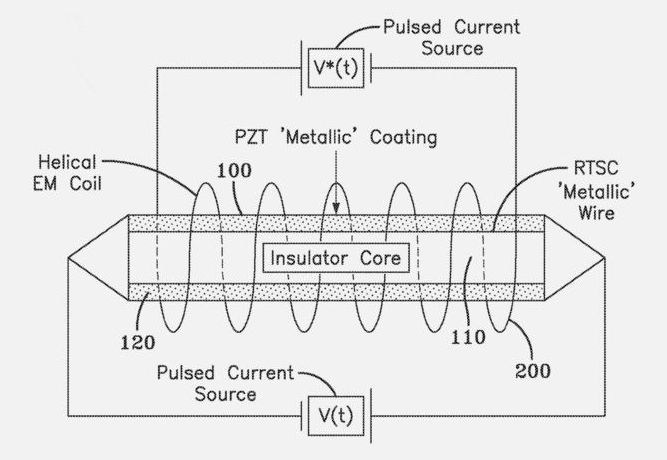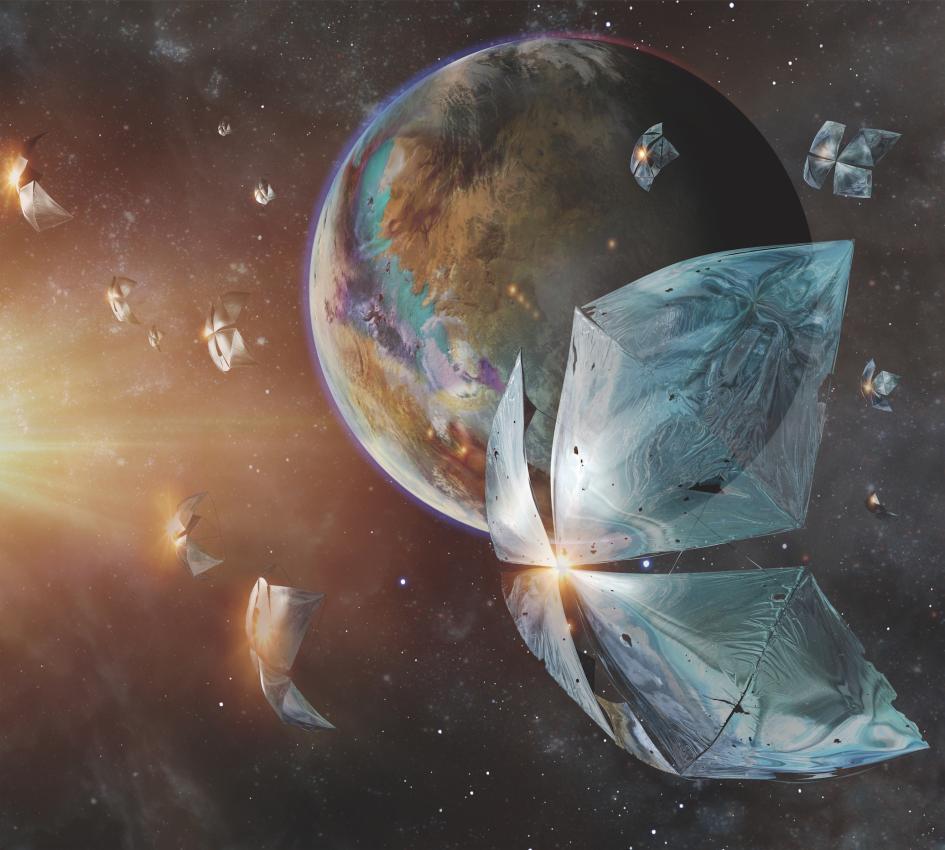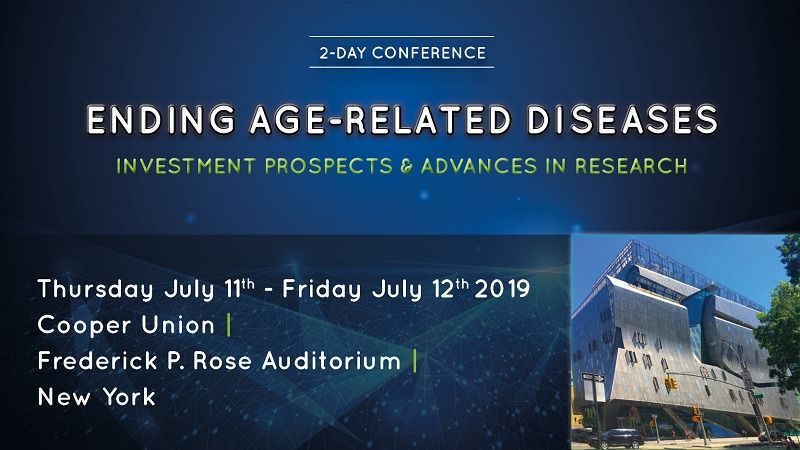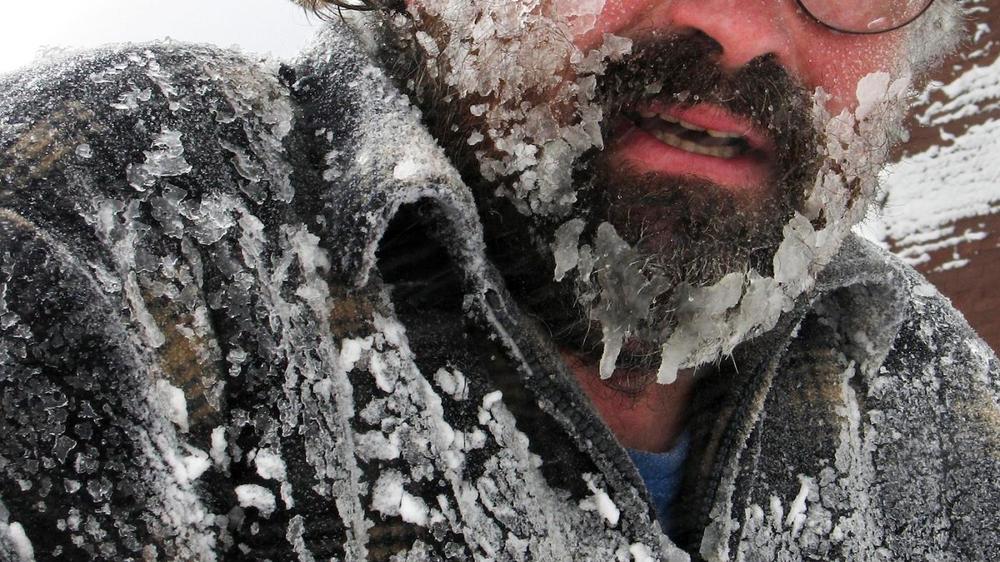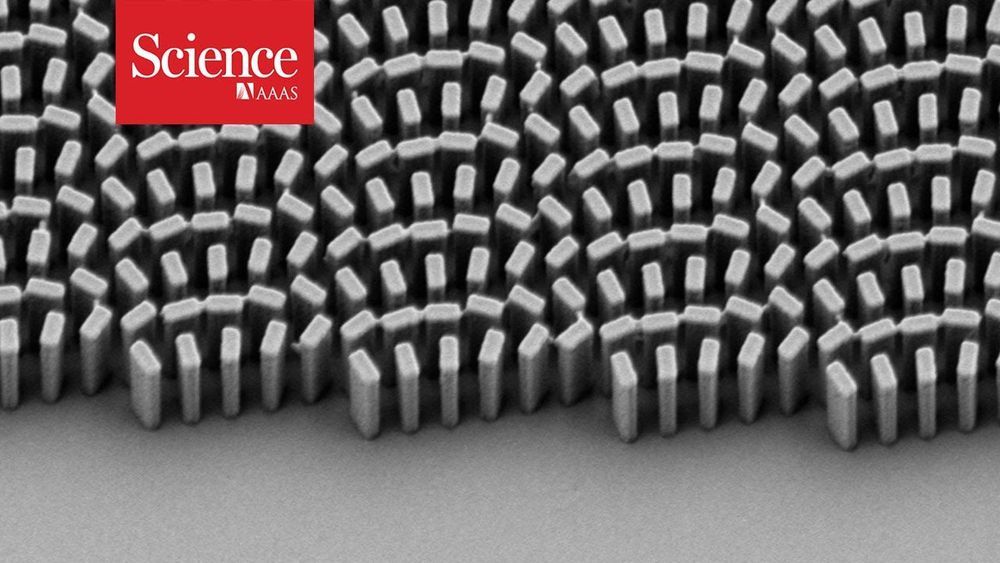Feb 22, 2019
Navy files for patent on room-temperature superconductor
Posted by Quinn Sena in categories: computing, materials
A scientist working for the U.S. Navy has filed for a patent on a room-temperature superconductor, representing a potential paradigm shift in energy transmission and computer systems.
Salvatore Cezar Pais is listed as the inventor on the Navy’s patent application made public by the U.S. Patent and Trademark Office on Thursday.
The application claims that a room-temperature superconductor can be built using a wire with an insulator core and an aluminum PZT (lead zirconate titanate) coating deposited by vacuum evaporation with a thickness of the London penetration depth and polarized after deposition.
Continue reading “Navy files for patent on room-temperature superconductor” »
